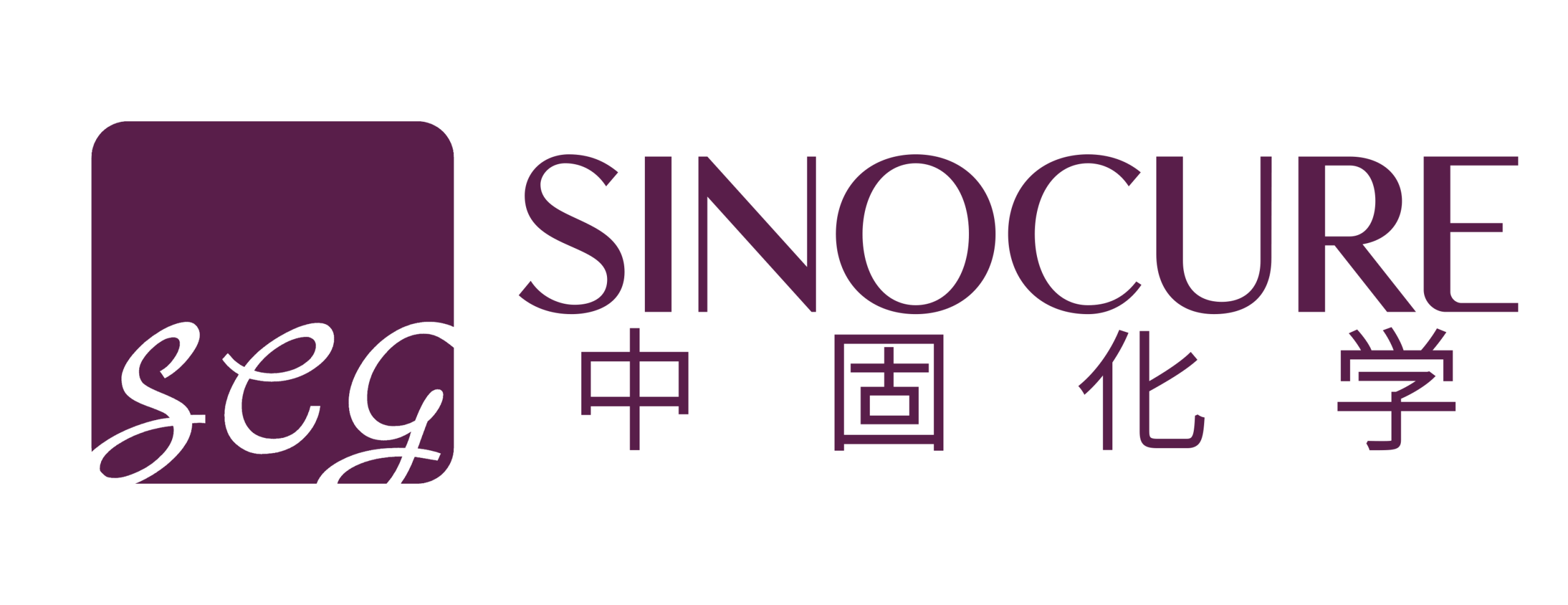4-Aminobenzoic Acid (PABA): Chemical Properties, Industrial Applications, and Synthesis Methods
- Chemical Structure and Properties
Chemical Structure
Molecular Formula: C7H7NO2
Molecular Weight: 137.14 g/mol
IUPAC Name: 4-Aminobenzoic acid
CAS Number: 150-13-0
Physical Properties
Appearance: PABA typically appears as a white to pale yellow crystalline powder.
Melting Point: 187-189°C
This relatively high melting point indicates its stability and purity.
Boiling Point: Decomposes before boiling
Solubility:
Water: Slightly soluble in cold water; more soluble in hot water
Ethanol: Soluble
Ether: Soluble
Density: Approximately 1.374 g/cm³ at 20°C
- Applications of 4-Aminobenzoic Acid (PABA)
Pharmaceutical Industry:
- Local Anesthetics:
Precursor for synthesizing benzocaine, a widely used topical anesthetic
Used in formulations for pain relief in dentistry, minor burns, and skin irritations
- Folate Metabolism:
Intermediate in folic acid synthesis for nutritional supplements
Used in research related to folate metabolism disorders
- Antibacterial Studies:
Component in studies of bacterial cell wall synthesis inhibitors
Used in research on sulfonamide antibiotics due to structural similarities
Cosmetic and Personal Care Products:
- UV Protection:
Historically used as a UVB filter in sunscreens (SPF boosting)
Still used in some markets, though less common due to sensitization concerns
- Hair Care:
Ingredient in some hair growth formulations
Used in hair dyes as a developer and colorant intermediate
- Skin Care:
Component in anti-aging creams, claimed to support skin health
Used in some skin-lightening formulations
Industrial and Chemical Applications:
- Dye Industry:
Precursor for azo dyes, particularly yellow and orange colorants
Used in the synthesis of D&C Yellow No. 1, a certified color additive
- Polymer Industry:
Monomer for specialty polymers with UV-absorbing properties
Used in the production of Kevlar® as a chain terminator
- Photographic Industry:
Component in some photographic developers
Used in certain light-sensitive materials
Agriculture:
- Plant Growth Studies:
Used in research on plant auxins and growth regulators
Component in some experimental foliar sprays
- Pesticide Formulations:
Intermediate in the synthesis of certain pesticides
Used in studies on pest resistance to folate synthesis inhibitors
Food Industry:
- Fortification:
Used in some countries as a food additive for folate fortification
Component in certain animal feed supplements
- Preservatives:
Precursor for the synthesis of some food preservatives
Used in studies on microbial resistance in food preservation
Materials Science:
- Nanocomposites:
Incorporation into polymer nanocomposites for UV protection
Studies on PABA-functionalized nanoparticles for various applications
- Organic Electronics:
Precursor for some organic semiconductors
Used in research on organic photovoltaic materials
Emerging Applications:
- 3D Printing:
Exploration of PABA-based materials for UV-curable 3D printing resins
- Energy Storage:
Research on PABA derivatives for organic electrode materials in batteries
- Synthesis
Industrial Production:
- Reduction of 4-Nitrobenzoic Acid:
Process: 4-Nitrobenzoic acid is reduced using a metal/acid system or catalytic hydrogenation.
Reaction: C7H5NO4 + 3H2 → C7H7NO2 + 2H2O
Catalysts: Typically palladium on carbon (Pd/C) or Raney nickel
Conditions: High pressure (40-60 bar) and elevated temperature (80-120°C)
Advantages: High yield and purity, scalable process
- Biocatalytic Synthesis:
Using engineered microorganisms or isolated enzymes
Example: Conversion of 4-aminobenzaldehyde using aldehyde dehydrogenase
Advantages: High selectivity, mild conditions, potential for continuous production
Purification Methods:
Recrystallization: Often from ethanol or water
Column chromatography: For small-scale or high-purity requirements
Acid-base extraction: Exploiting the amphoteric nature of PABA
- Storage and Transportation Characteristics
Ventilated and dry at low temperature
